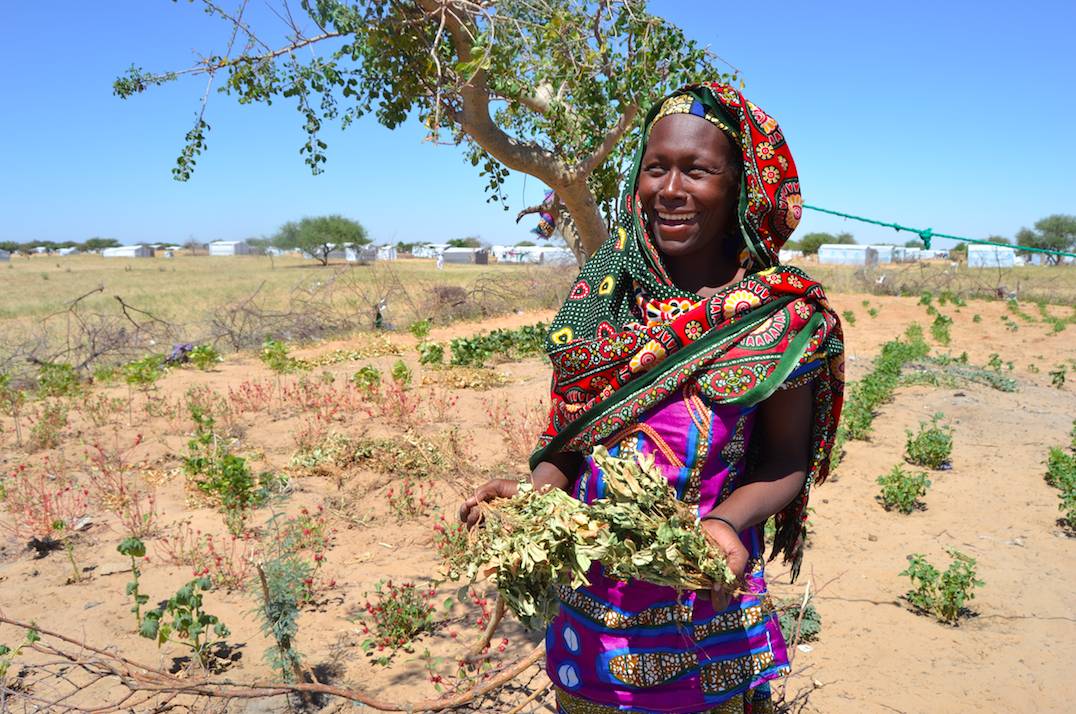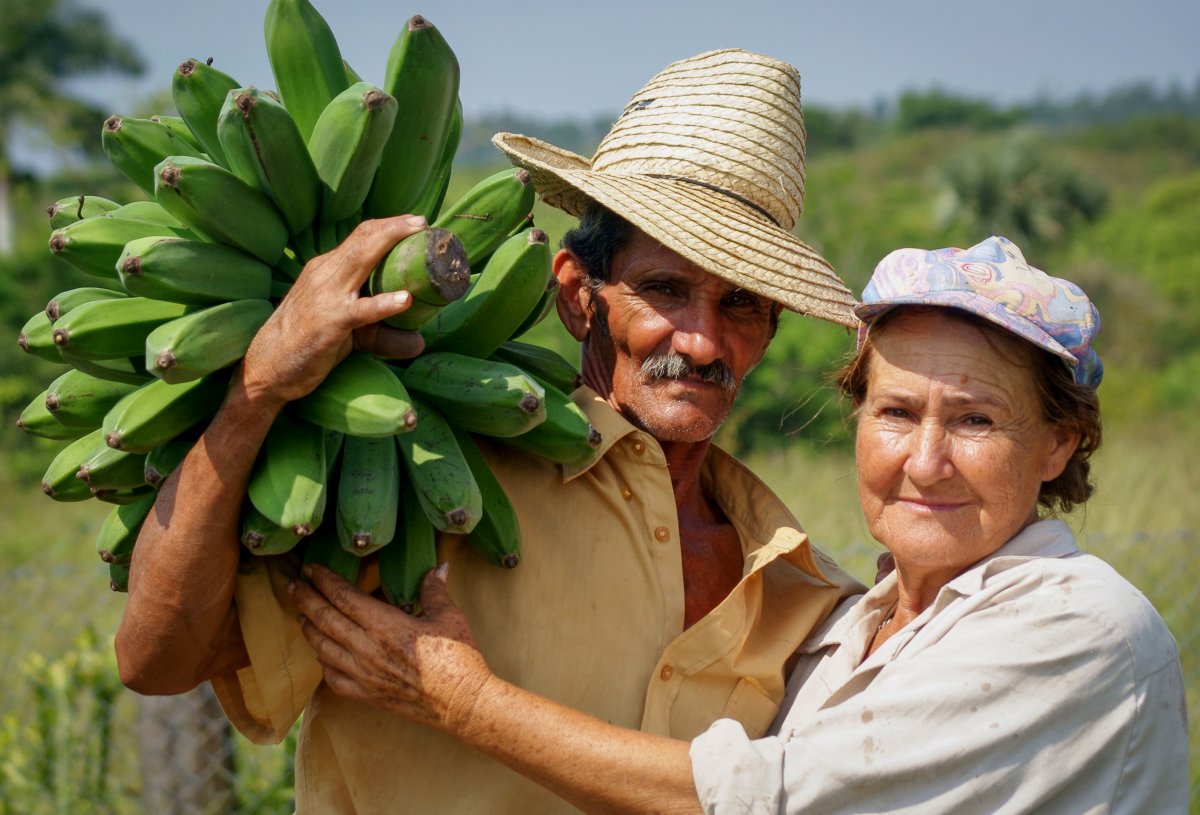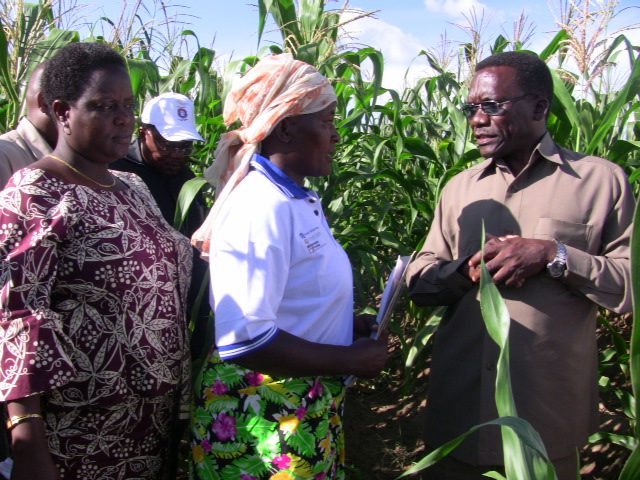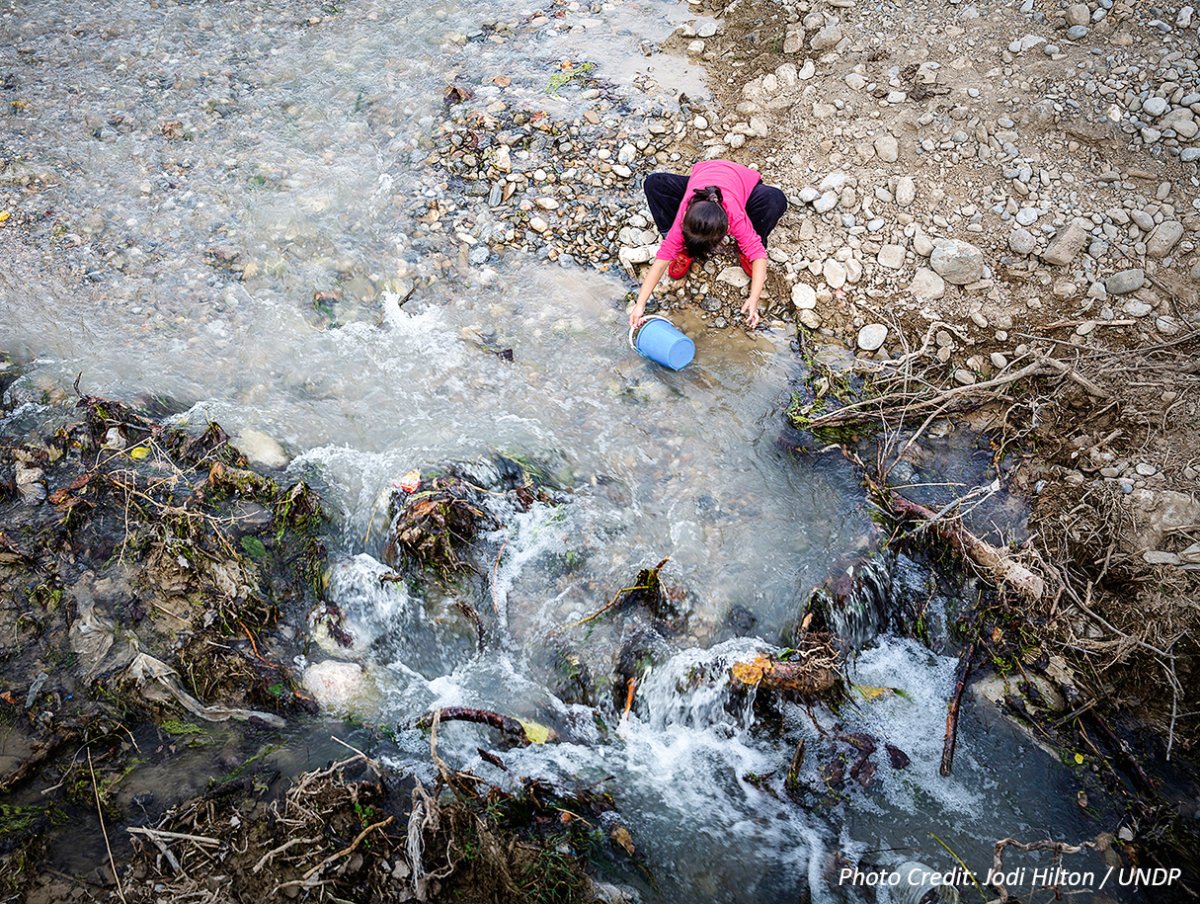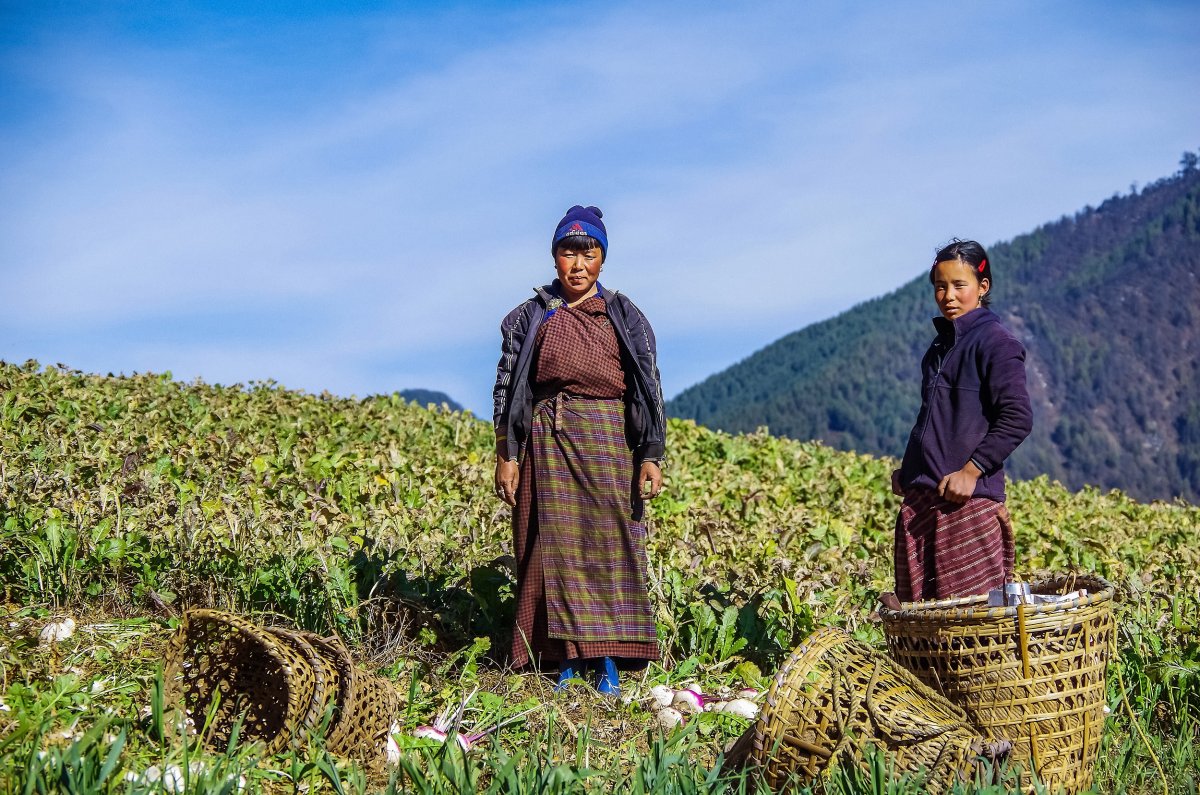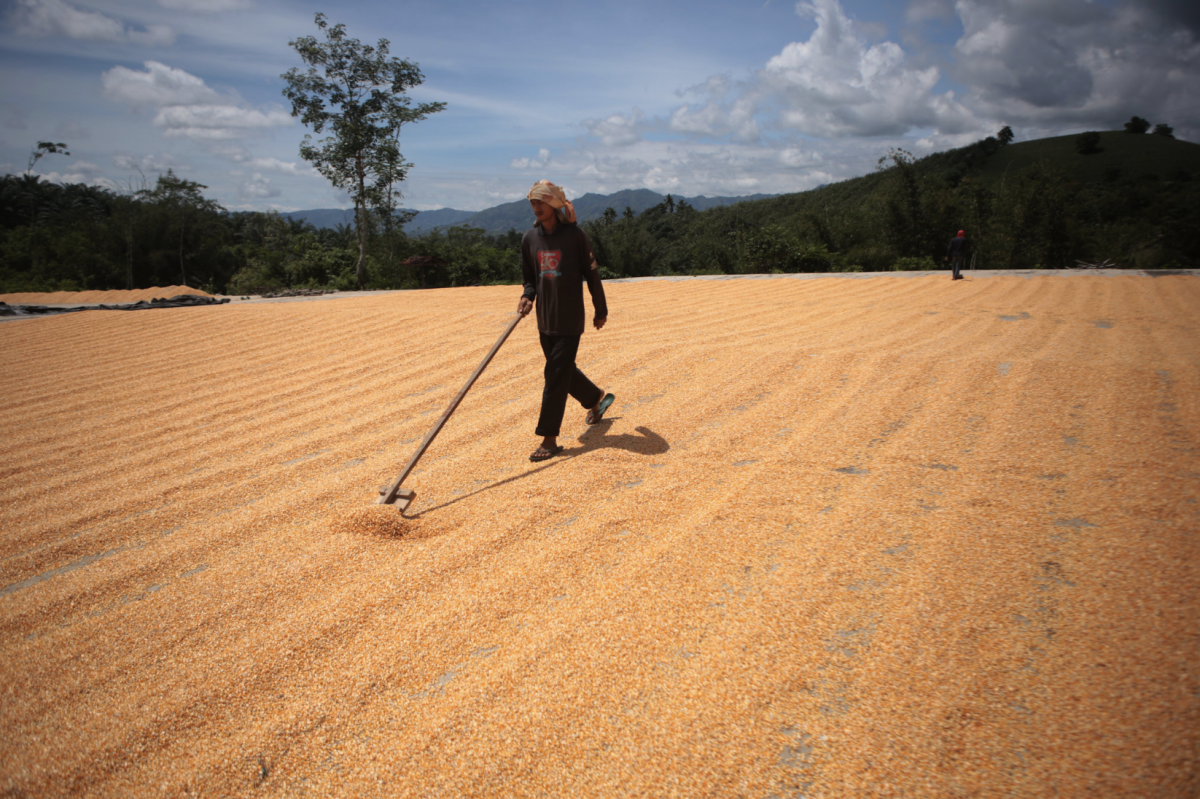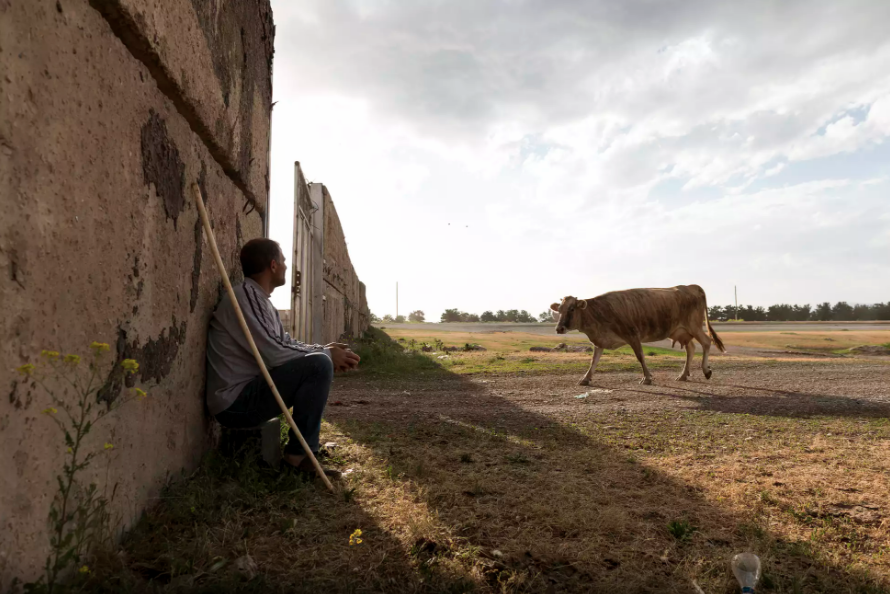National Adaptation Plan Global Support Programme (NAP-GSP)
National Adaptation Plan Global Support Programme (NAP-GSP)
The joint UNDP-UN Environment National Adaptation Plan Global Support Programme (NAP-GSP), funded by the Global Environment Facility (GEF), has assisted over 60 least developed and developing countries in identifying technical, institutional and financial needs to integrate climate change adaptation into medium and long-term national planning and financing. The programme has operationally closed in December 2021, but the website portal remains a knowledge hub of training materials, knowledge products and country experiences documented over the programme’s lifespan.

The NAPs process was established under the Cancun Adaptation Framework (2010) in order to prepare countries for addressing climate risk in the medium term. The main objectives of the NAPs are to reduce vulnerability to climate change, and to mainstream climate change adaptation in all levels of planning. The NAPs are not a one-off investment. The process is intended to be continuous, progressive and iterative. NAPs require building a stronger evidence base, improving skills and capacity and adopting learning by doing approaches. NAPs need to be country-driven, gender-sensitive, participatory and use transparent approaches.
UNDP is supporting countries on NAPs through a portfolio of initiatives in partnership with development partners.
The main areas of work are:
1) Assisting countries to think through what it means to integrate climate into planning and budgeting and develop a plan of action that specifies what needs to be done and resources required.
2) Providing in-country and virtual support on stocktaking of capacity gaps and needs as well as of ongoing adaptation plans and activities to identify entry points for NAP support. UNDP provides training on NAPs process for multi-stakeholder groups; economics of adaptation; and understanding climate information in the context of development planning
3) Assisting countries to integrate vulnerable sectors, thematic areas, sub-national approaches and legal issues into adaptation planning and budgeting by supporting sectoral and cross-sectoral stock-taking, assessments and application of appropriate tools and guidelines.
UNDP's support to the NAPs contributes to achieve outcome 1 of UNDPs 2014-2017 Strategic Plan. This outcome is stated as ‘Growth and development are inclusive and sustainable, incorporating productive capacities that create employment and livelihoods for the poor and excluded’
